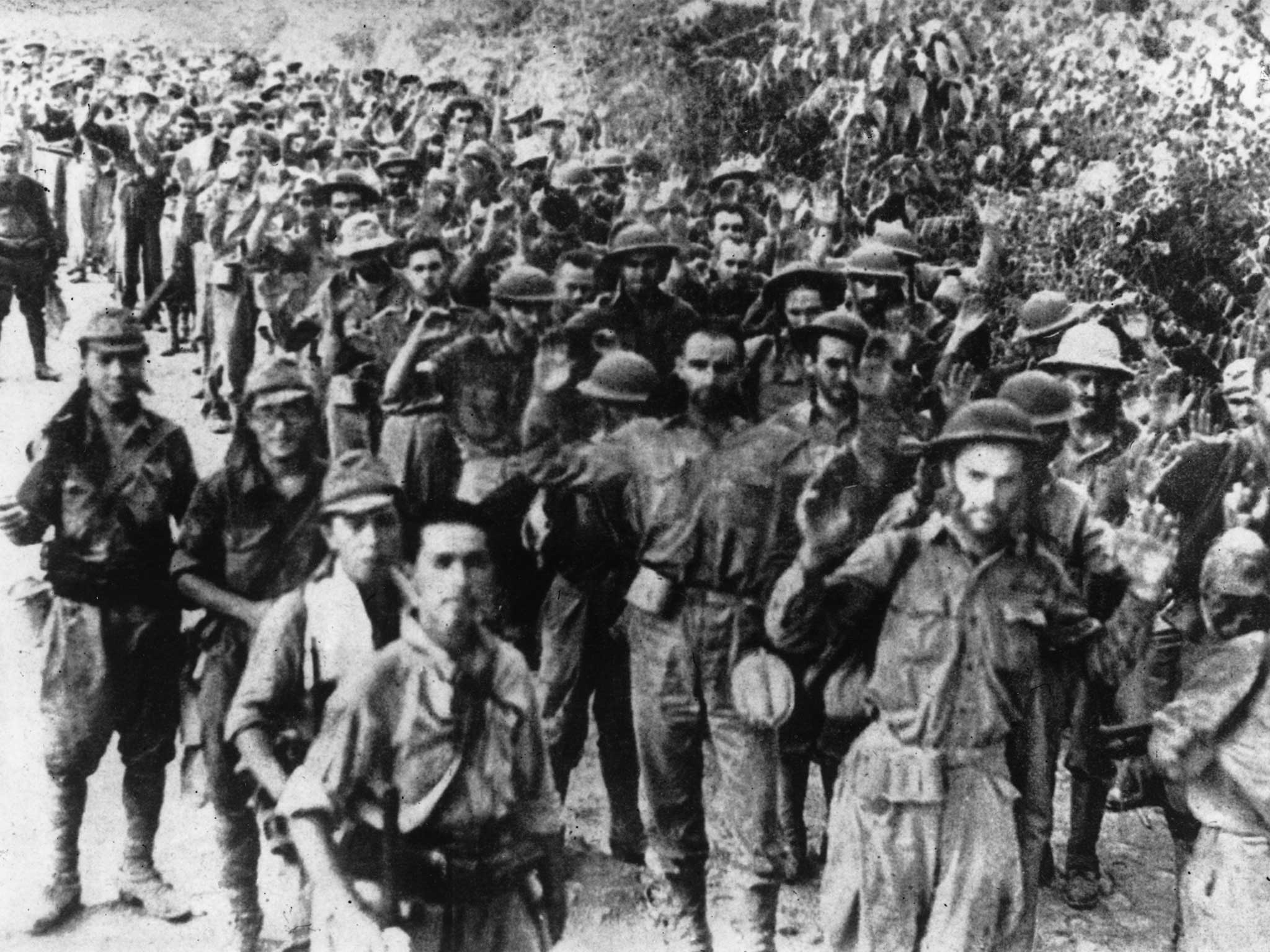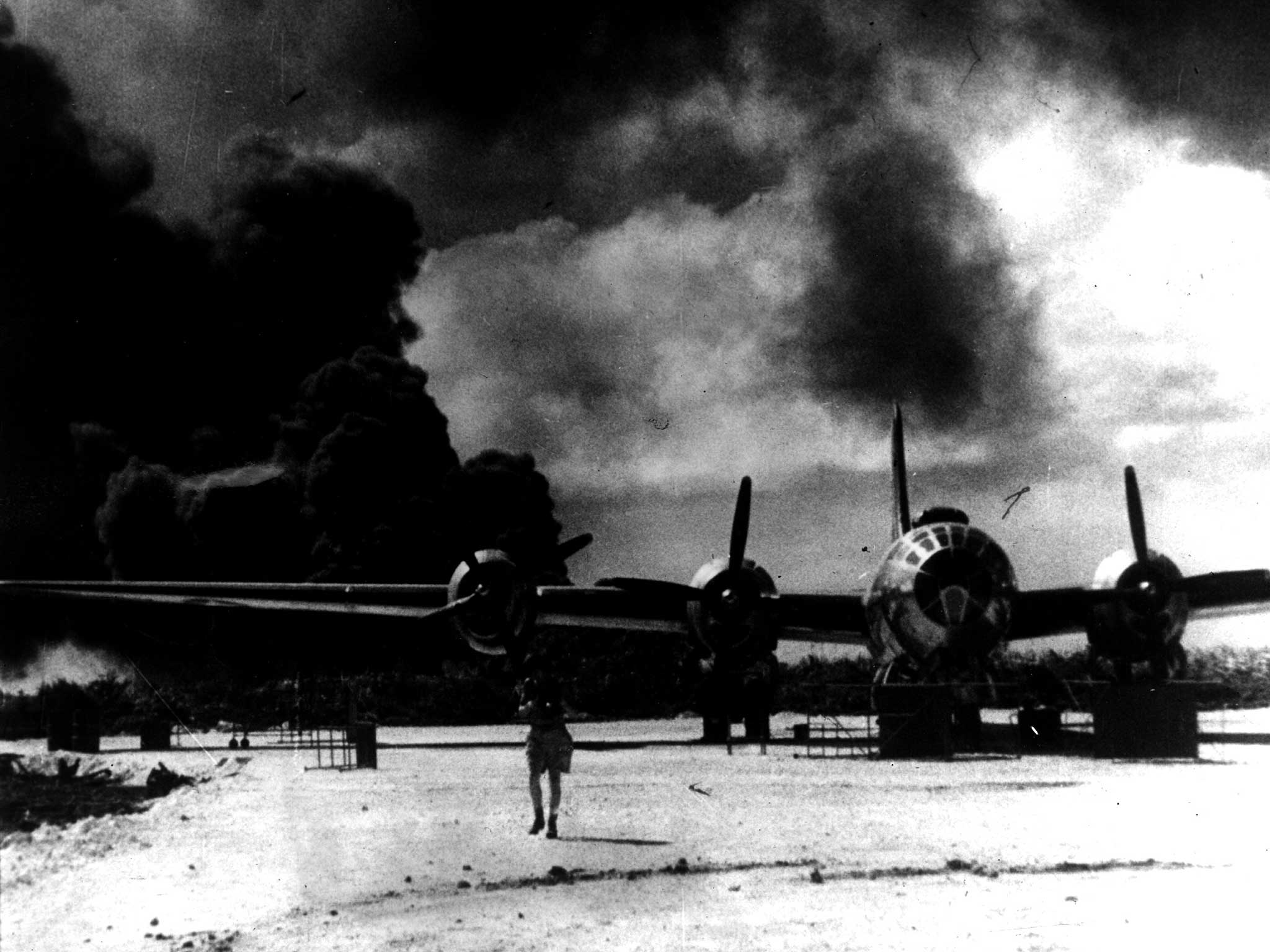US prisoners of war had parts of their brains and livers removed during WWII, new Japanese exhibit shows
23 individuals were later convicted by a tribunal in 1948

A Japanese university museum will break taboo with an exhibition on the infamous live vivisections of American POWs during the Second World War.
Kyushu University’s medical school will for the first time publicly acknowledge that captured US troops had parts of their brains and livers removed in a series of macabre experiments carried out by the university’s medical personnel during WWII.
The dark chapter, explained by two items out of 63 in the exhibit, follows nine American air force personnel, who bailed out of their damaged B-29 aircraft over the Kumamoto and Oita prefectures on 5 May, 1945, before they were captured by Japanese troops.
Captain Marvin Watkins was taken to Tokyo for interrogation, while his eight surviving men were transferred to a military doctor and transported to Kyoto Imperial University’s College of Medicine – the predecessor of the current institution.
In 1948, testimony against 30 doctors and university staff claimed in an Allied War Crimes tribunal in Yokohama that the men were subject to a range of ‘treatments’.
These included intravenous injections of seawater, in order to determine whether salt water could be used as a substitute for saline injections, as well as live vivisections.
Some of the men had parts of their liver removed to determine if they could survive, and others had sections of the brains taken out to see if this would be a cure for epilepsy.

None of the men survived but their remains were preserved in formaldehyde until the end of the war, when those involved destroyed the evidence, the Daily Telegraph reported.
The tribunal later found 23 men guilty. One individual killed himself in prison during the trial, but five were sentenced to death, four to life prison sentences and the rest received shorter sentences.
General Douglas MacArthur, the military governor of Japan, later commuted all the sentences and reduced the prison sentences in 1950. By the end of the decade all involved in the case had been released.
The tribunal never found the university guilty of systematically contributing to the deaths of the men – despite the 23 convictions – but the institution has avoided addressing the subject publicly.
A professor’s meeting in March elected to shed a small light on this role, adding the two items – including a panel explaining the actions of the staff – to the exhibition.
Other instances of human vivisections are known to have been conducted by Japanese troops during the same period.
Infamous Unit 731, a biological warfare unit of the Imperial Japanese Army, carried out thousands of vivisections in northern China. Many of those responsible have never been held accountable for their actions.
Join our commenting forum
Join thought-provoking conversations, follow other Independent readers and see their replies
Comments